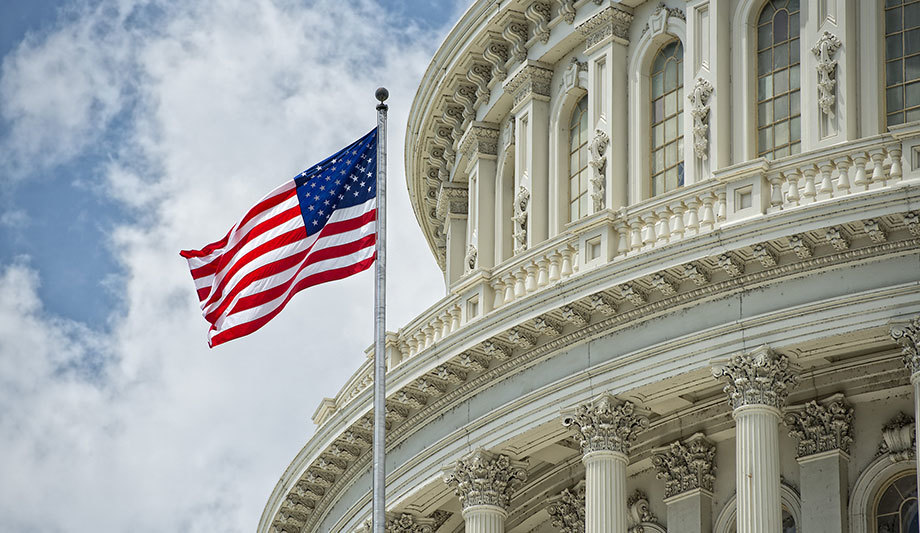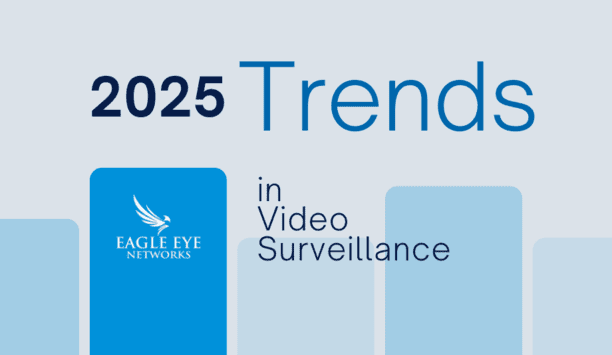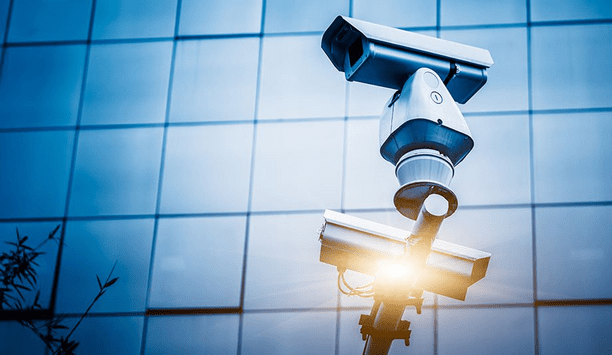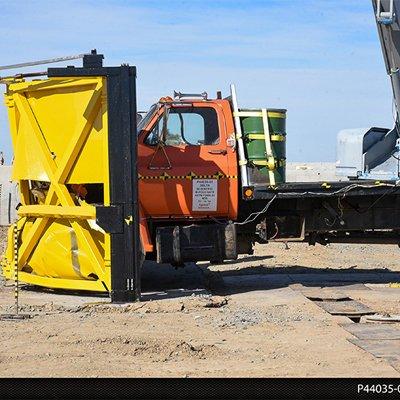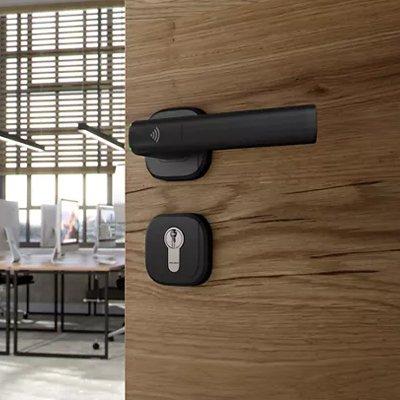How can governments and other relevant authoritative bodies manage privacy objections from the public when installing new surveillance cameras?
Editor Introduction
Video surveillance, or CCTV, is becoming increasingly common in cities and other public places all over the world. The benefits of video surveillance cameras to prevent crime and aid police investigations have been well documented, and there have been several high-profile cases in which video was instrumental in solving a crime. Still, whenever video surveillance is proposed in a public place, there can be opposition, based on privacy concerns, from various interest groups and the general public. Effectively managing those objections is a critical step in the success of any public surveillance application.
We asked our panelists to advice governments and other relevant authoritative bodies on how to manage privacy objections when installing surveillance cameras in public places.
One solution to mitigating privacy objections while maintaining active and reliable surveillance is to integrate thermal cameras into new security infrastructures.
While some areas of the security market are moving toward higher resolution video to provide the ability to more clearly identify subjects, thermal imaging by contrast does not achieve “identification.” Instead thermal imaging “recognises” and distinguishes targets, allowing security personnel or video analytics to determine if the subject is a human or simply a benign event of non-threatening objects entering the field of view.
Because the foremost concern of most government entities’ is in safeguarding critical infrastructure, thermal imaging carries the distinct advantage of providing objective surveillance in privacy sensitive applications.
The primary purpose of video surveillance technology is to ensure the safety and security of property and personnel. As with any computer system, different users can have different access levels, protected by biometrics and passwords. Additionally encrypted data streams, firewalls and other measures can be used to protect the system from intruders. By compartmentalizing access, government and other agencies can provide information assurance and reduce concerns about privacy. IP cameras also have a built-in privacy feature, called privacy masking, which enables the operator to draw a virtual box over private areas of a scene. For example, a housing authority monitoring a common area can draw these privacy masks over the windows of residents.
Maybe it’s because I’ve been involved in CCTV daily for 25 years, but my familiarity with the ‘inside’ of the business means I don’t think my privacy is being harmed in the UK. I think the people who worry about it are poorly informed and, consequently, their imaginations fill the vacuum and run riot. They’re also the sorts who steadfastly refuse to believe government assurances. So, building trustworthiness over time requires openness with rigorous adherence to fair practices. The arbiters must include a wide selection of the public. In the UK the Surveillance Camera Commissioner provides guidance for CCTV owned by government bodies, albeit with no real teeth yet. Public support for CCTV has been consistently 80%+ for years. It seems most ‘reasonable’ people don’t raise objections. How about the ‘unreasonable’ remainder? Choosing to have their fingers in their ears singing “la la la” they can’t hear our assurances.
Privacy concerns are often a knee-jerk reaction at the mention of surveillance cameras. However, if you think about it, installing a camera to view a public place does not present a privacy issue at all. No one expects privacy in a public place, and a camera can usually see no more or less than a person walking by. So the real objection isn’t really privacy but rather a general “creep factor” that comes with the idea of being watched. Educating the public on the intent of the cameras can help allay any apprehension, as can involving a broad cross-section of residents, like an oversight committee, in the process of implementing a system, deciding camera locations, etc. Also, focusing on the expected benefits can overshadow any concerns.
Editor Summary
Fostering acceptance of surveillance cameras by the general public can be a delicate process, requiring that concerns from multiple interested parties be addressed from a variety of angles. It may be unrealistic to completely eliminate privacy concerns, but it’s an element that need not be an obstacle to installing a system.
In short, it’s an element that can be managed. We welcome any additional ideas on how a city or other local government might address privacy concerns. Please share your ideas in the comments section.
- Related companies
- Axis Communications
- Lambert & Associates
- Notting Hill Media
- DRS Technologies
- Related categories
- CCTV cameras
- IP cameras
- IP Dome cameras
- Dome cameras
- View all news from
- Axis Communications
- Lambert & Associates
- Notting Hill Media
- DRS Technologies
Expert commentary
A modern guide to data loss prevention
Download7 proven solutions for law enforcement key control and asset management
DownloadSecurity practices for hotels
Download2025 Trends in video surveillance
DownloadMaximising security and performance
DownloadDelta Scientific DCS8000 Bi-Fold Speed Gate
ASSA ABLOY Aperio H100 Wireless Access Control Handle
NordLayer: Comprehensive Network Security for Modern Workforce
